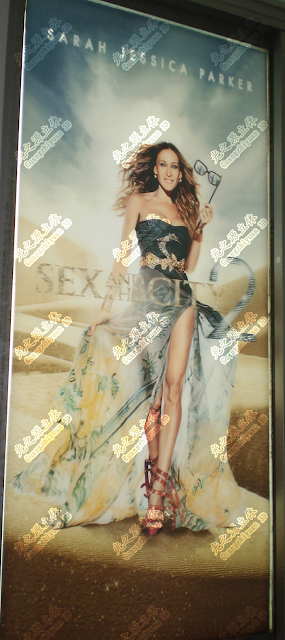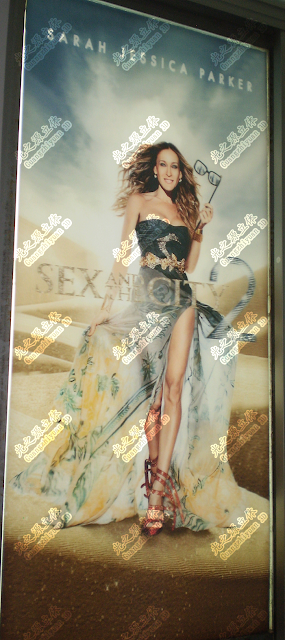The Magic of Lenticular Lens Sheets with Adhesive

Before getting into the sticky part, it's essential to comprehend the basic concepts underlying lenticular lens sheets. These sheets are often created from a unique kind of plastic material known as lenticular lenses, which is composed of rows of uniformly spaced small, cylindrical lenses. Together, these lenses and a printed image underneath them provide the captivating visual effects lenticular product are famous for. Position of Adhesive Let's now discuss the sticky component. The peel-and-stick backing of lenticular lens sheets with adhesive makes it simple to apply them to a variety of surfaces. There are endless options for creative endeavors and marketing initiatives thanks to its sticky backing. Here are a few significant benefits: Versatility: Adhesive-backed lenticular lens sheets may be used to cover a variety of surfaces, including paper, cardboard, glass, plastic, and more. They may be used for a variety of purposes, from packaging and ...











